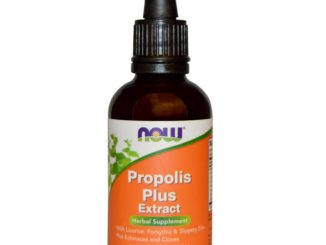The properties of Weeping Forsythia
Forsythia suspensa is a flowering plant belonging to the family Oleaceae. Traditionally, it used to treat carbuncle, disperse lumps, and stagnation, and to expel wind and heat. The fruit of F. suspensa has potent pharmacological actions such as antiviral, choleretic, antipyretic, hepatoprotective, antiemetic, and diuretic effects. F. suspensa alleviates inflammation by reducing the anaphylactic antibodies, mast cell degranulation, and histamine release. It also significantly suppresses β-conglycinin–induced T lymphocyte proliferation and IL-4 synthesis. Forsythia suspensa fruit inhibits NO production and iNOS gene expression by its active components rengyolone, dibenzylbutyrolactone lignans, as well as its butanol fraction of the aqueous extract. It also inhibits TNF-α and COX-2 production. Another bioactive agent, arctigenin, inhibits increase in capillary permeability and leukocyte recruitment into inflamed tissues, by reduction of the vascular leakage and cellular events through inhibition of production of inflammatory mediators such as NO and pro-inflammatory cytokines such as IL-1b, IL-6, TNF-α, and prostaglandin E2 (PGE2). Moreover, Forsythia suspensa inhibits NF-kB nucleus translocation through reduction in I-kappa-B (IkB) phosphorylation and suppression of NF-kB–regulated proteins, and also reduces the activation of MAPKs. Various studies have reported the antimicrobial effect of F. suspensa. It has potent antibacterial activity against E. coli, Sta. aureus, Bacillus subtilis, Str. mutans, and Po. gingivalis and antifungal activity against Aspergillus flavus, Rhizopus stolonifer, Penicillium citrinum, Aspergillus niger, and Saccharomyces carlsbergensis. Forsythia suspensa suppresses influenza A virus–induced RANTES secretion by human bronchial epithelial cells to stop accumulation of inflammatory cells in the infective sites, which has been reported to play a crucial role in the progression of chronic inflammation and multiple sclerosis after viral infection(1024).



























































